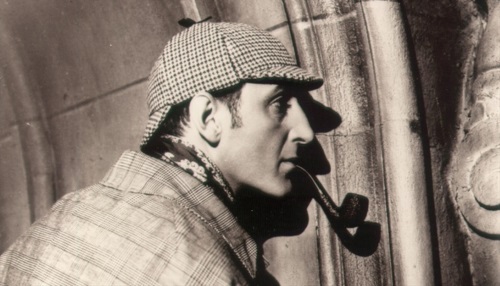
My Planner
My Planner
To build your own Itinerary, click  to add an item to your Itinerary basket.
to add an item to your Itinerary basket.
Already saved an Itinerary?

Inspiration
- A chronological list of the Sherlock Holmes books and stories written by Sir Arthur Conan Doyle
- We hosted six immersive theatre productions in six areas of Portsmouth over six days. Each 5 minute event was filmed and can now be viewed again here.
- 'The Adventure of the Creeping Man' was published in 1927 as part of The Case-Book of Sherlock Holmes, Conan Doyle's final collection of Sherlock Holmes stories
- Author Arthur Conan Doyle wrote 60 mystery stories featuring the wildly popular detective character Sherlock Holmes and his loyal assistant Watson.
- A re-working of A Study in Scarlet in graphic novel form, aimed at Key Stage 2 but enjoyable for all Sherlock enthusiasts!
- Learn all about Sir Arthur Conan Doyle's celebrated 'consulting detective' Sherlock Holmes, in this free exhibit at Portsmouth Museum.








